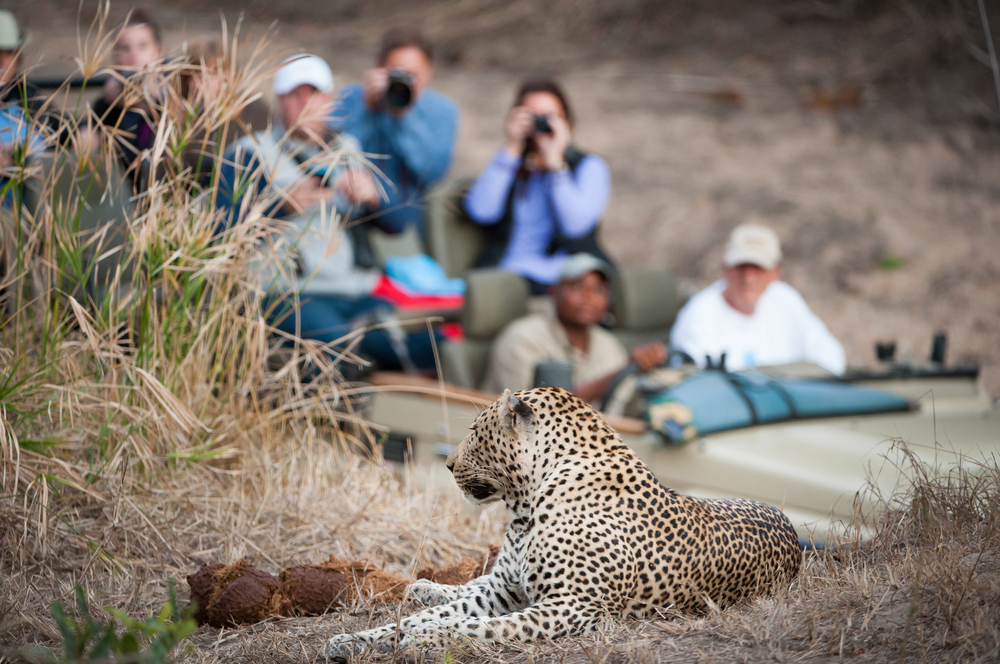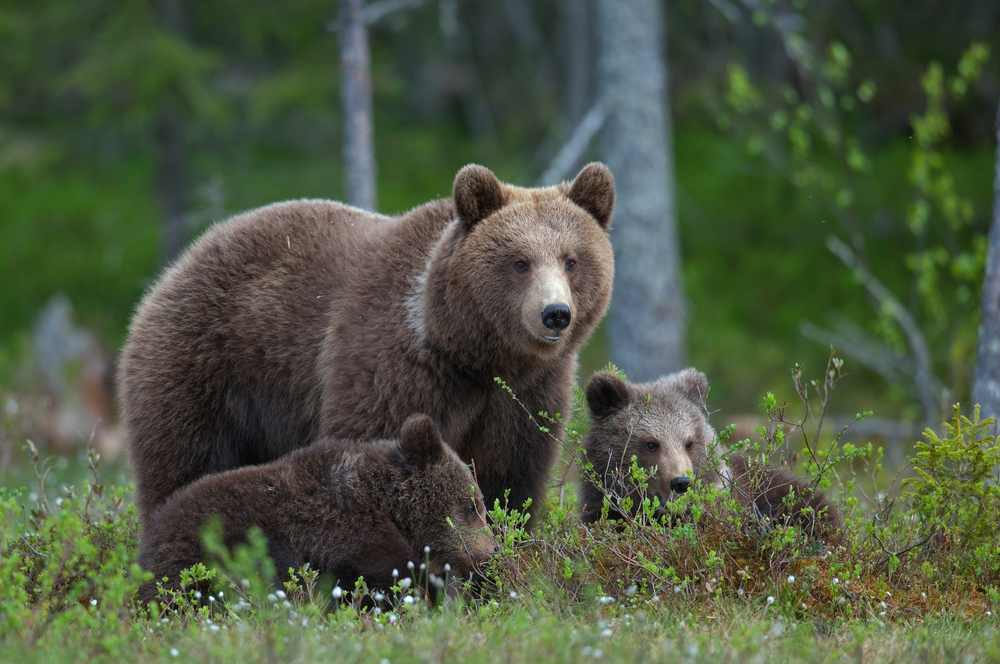The world is full of exciting destinations that offer numerous opportunities to view and photograph wildlife. But learning to do so requires following certain guidelines to ensure safety and the best possible experience for you and your traveling companions. Here are a couple tips on how to safely and responsibly view wildlife in their natural habitats.
MAINTAIN A SAFE DISTANCE
“Safe” is a relative term. A safe distance from a Whitetail Deer might be 30 yards, while a lioness on the African Plains might mandate a 200-yard minimum distance. Your guide will fill you in on the required minimum distances between you and the animals you may see on your journey. Be sure to respect the rules set by your guide. If you’re on a photo safari, ensure that you bring along the right equipment so you can capture great shots from the prescribed distances.

BLEND IN
Looking to get the perfect photograph in a safe manner, all while maintaining a natural and peaceful environment for the wildlife in your viewfinder? If so, don’t approach animals directly. You shouldn’t walk right at them and expect them to behave normally or even stick around. Instead, don’t draw attention to yourself and the animals will quickly see that you aren’t a threat. They’ll likely come in for a closer look at you, which is just what you want to get the perfect photo of your intended subject.
UNDERSTAND THE “WILD” FACTOR
If you’re photographing bunnies in a meadow, you may not have to pay too much attention to this rule, but for most species, you’ll want to keep in mind that animals don’t follow human rules of survival. Assuming the sea lions sunbathing on the rocks are flippered, chubby little versions of your house dog would belie the point that they have a powerful mouth full of sharp teeth, designed specifically to tear food, and they’ll use them if threatened. Bears may look lumbering and sleepy until they charge at your car at 30 miles-per-hour if you get too close. Animals are wild, and you must pay respect to the fact that they act in a survivalist manner, in many cases.

KEEP NOISE LEVELS LOW
The forest, mountains, plains, and the sea are inherently quiet places to begin with, so any noise that we introduce is noise pollution to animals that reside there. Turn off your cell phone. Silence the buttons on your camera, if possible. Speak in muted tones or simply whisper. And keep vehicles as far away from animals as possible. Even something as minor as keys clanging together in a backpack can be off-putting to wildlife, so focus as hard as you can on being as silent as possible. You’ll disturb animals less and realize greater opportunities to take incredible photos.
LEAVE NO TRACE
Enjoying wild animals in their natural setting requires us to collectively focus on keeping their habitats as natural as possible. This means packing in and packing out anything we need during the expedition. A “No Litter” policy is a must, and you’ll want to take it as far as packing out apple cores or banana peels. Don’t think animals will simply eat whatever you leave behind, even if it is organic in nature. This policy will also help to minimize the likelihood that wildlife will try to seek out human food in their natural setting.
If you’re in the middle of planning your next wildlife viewing excursion, keep these rules in mind before you set out. You’ll enjoy a better experience in the field, and the animals you encounter will feel more comfortable as you enter their world.